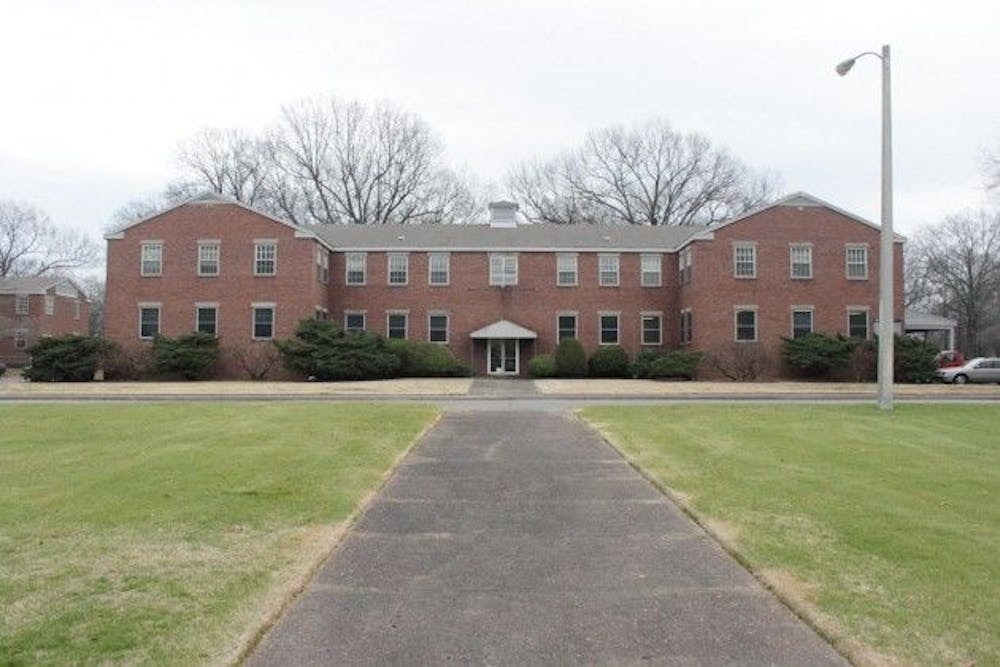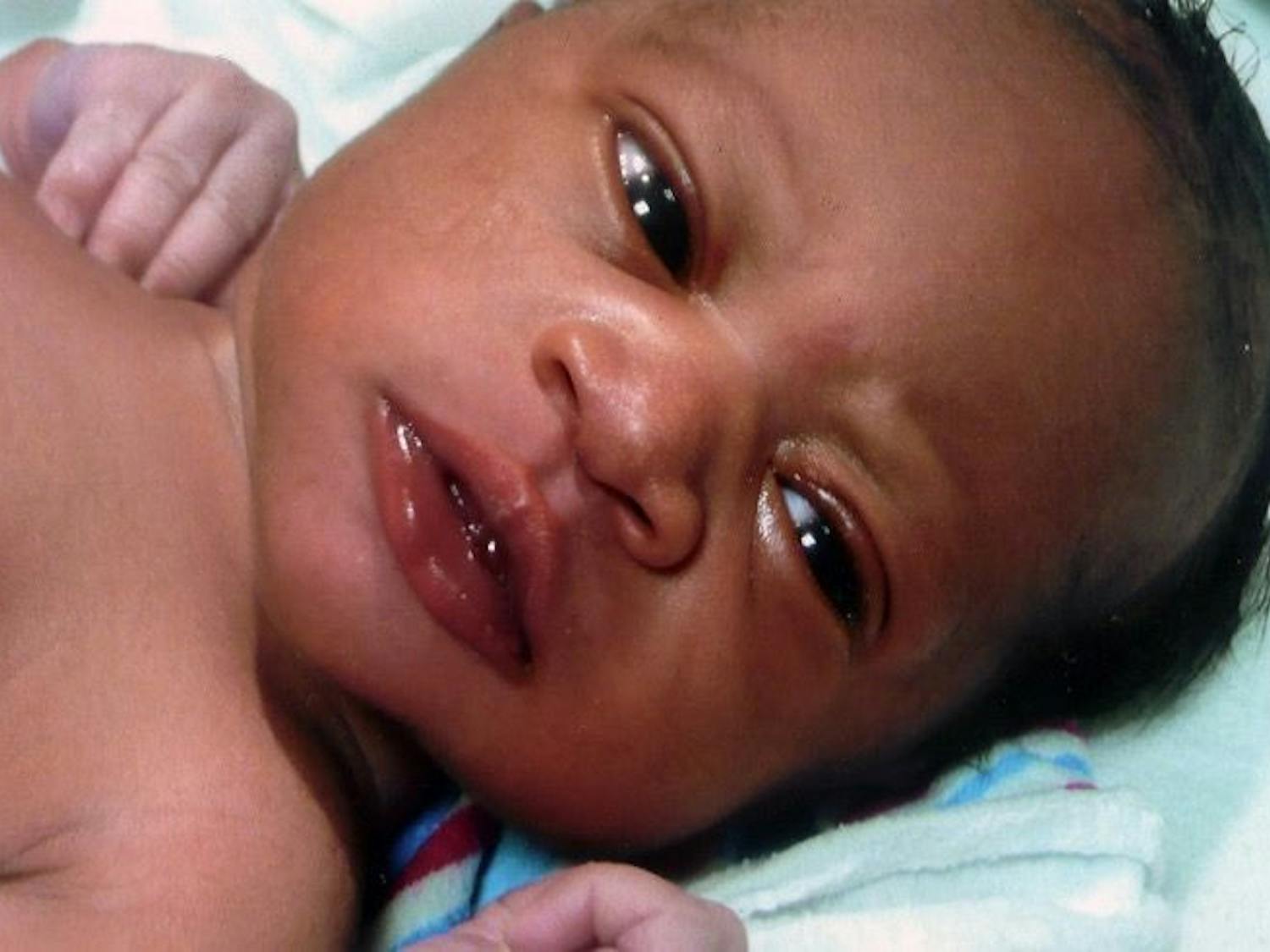When Rod Starns, co-owner of Running Pony Productions, describes the Gen. James M. Kennedy Hospital located on The University of Memphis' South Campus, it sounds more like the opening to a Stephen King novel.
"I went in one building that once served as a morgue. It still had the old pullout slabs where they would store the bodies. It was rather eerie," Starns said.
Starns and his wife produced an independent documentary for WKNO in 1999 titled "Kennedy Hospital: The City That Cared."
The hospital was opened in January of 1943 to treat combat veterans of World War II. The Veterans Administration took ownership in 1946, and the property eventually became the south campus for Memphis State University in 1967.
For a time, Robert Phillips, a spokesman at Sullivan Branding, called the Kennedy Hospital home.
In its prime, the plain brick military-style buildings were part of a thriving community whose staff took great pride in the care of their patients, Phillips said.
"My father was in charge of pulmonary diseases, and I lived there from about 5th grade to 10th grade…it was in the 1950s," Phillips said.
According to Starn's documentary, Kennedy Hospital was a state-of-the-art medical facility. He said it had a huge impact on the city of Memphis and was "one of the largest and best-equipped hospitals in the nation."
"Kennedy treated all types of casualties but specialized in surgery, with an average of 30 operations a day. It had a big center for the treatment of spinal cord injuries and paraplegia and the second largest neuropsychiatry service in the nation," Starns said.
Phillips said he noticed the staff at Kennedy Hospital went above and beyond to make sure the patients had the best experience possible while at the hospital.
"They did a lot for them. They weren't just stuck there and forgotten. They knew they were in good care," he said
In addition to being a pioneering medical center, Kennedy Hospital became its own, self-sustaining community.
"We described Kennedy as being like a city within a city because World War II strained available civilian services in Memphis," Starns said. "The hospital was built to be self-sufficient with its own power station, fire department, housing for 2,000 duty personnel and most everything the staff and the patients needed: bowling alleys, a movie theater, recreation halls, etc."
Phillips remembers his years at Kennedy as an upbeat time with anything he could possibly want or need, just a short bike ride away.
"Everything we wanted—it was all there. It was kind of like living at a country club," he said. "Sometimes the patients would ask me to go get them things… I was kind of their errand boy."
Out of the 116 buildings that once made up Kennedy Hospital, 21 remain, according to Tony Poteet, assistant vice president of campus planning and design. Of those 21, all but one remains in use.
"In our research, we read that the buildings were originally built to last only 25 years because the Army really didn't need another permanent hospital," Starns said.
Fast-forward 69 years to today, and roughly 18 percent of Kennedy Hospital is still standing.
South Campus continues to grow, most notably as the home to most of the Tiger athletic facilities.
FedExPark, Billy J. Murphy Track Complex, Tiger Softball Complex, Frank L. Flautt Golf Center and the Billy J. Murphy Athletic Complex are all part of the new community that resides on South Campus.
"It is hard to imagine the true scope of what the hospital once was, but when you look at old aerial images, you see what an amazing place it must have been," Starns said.




